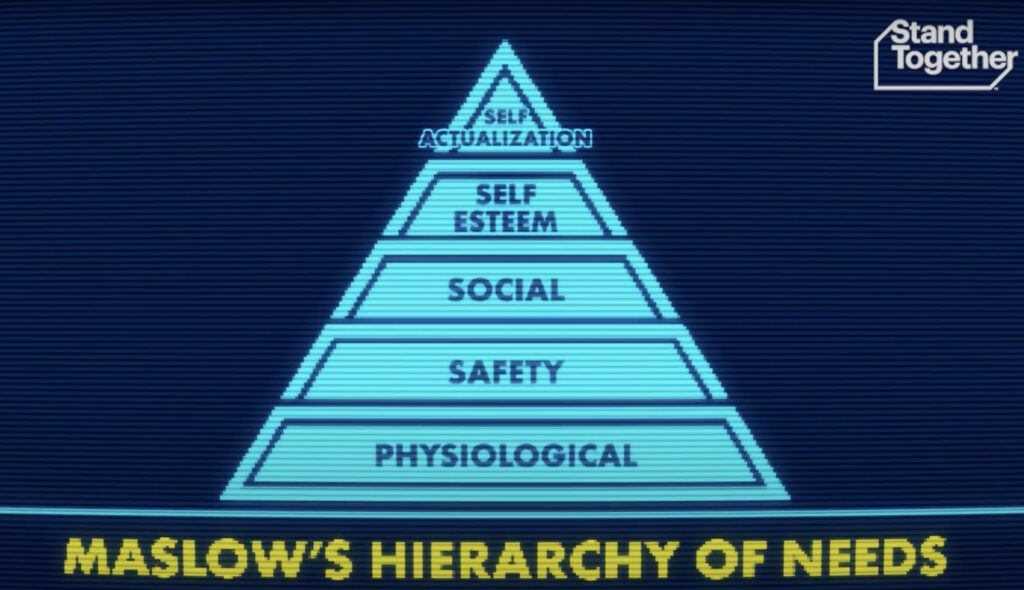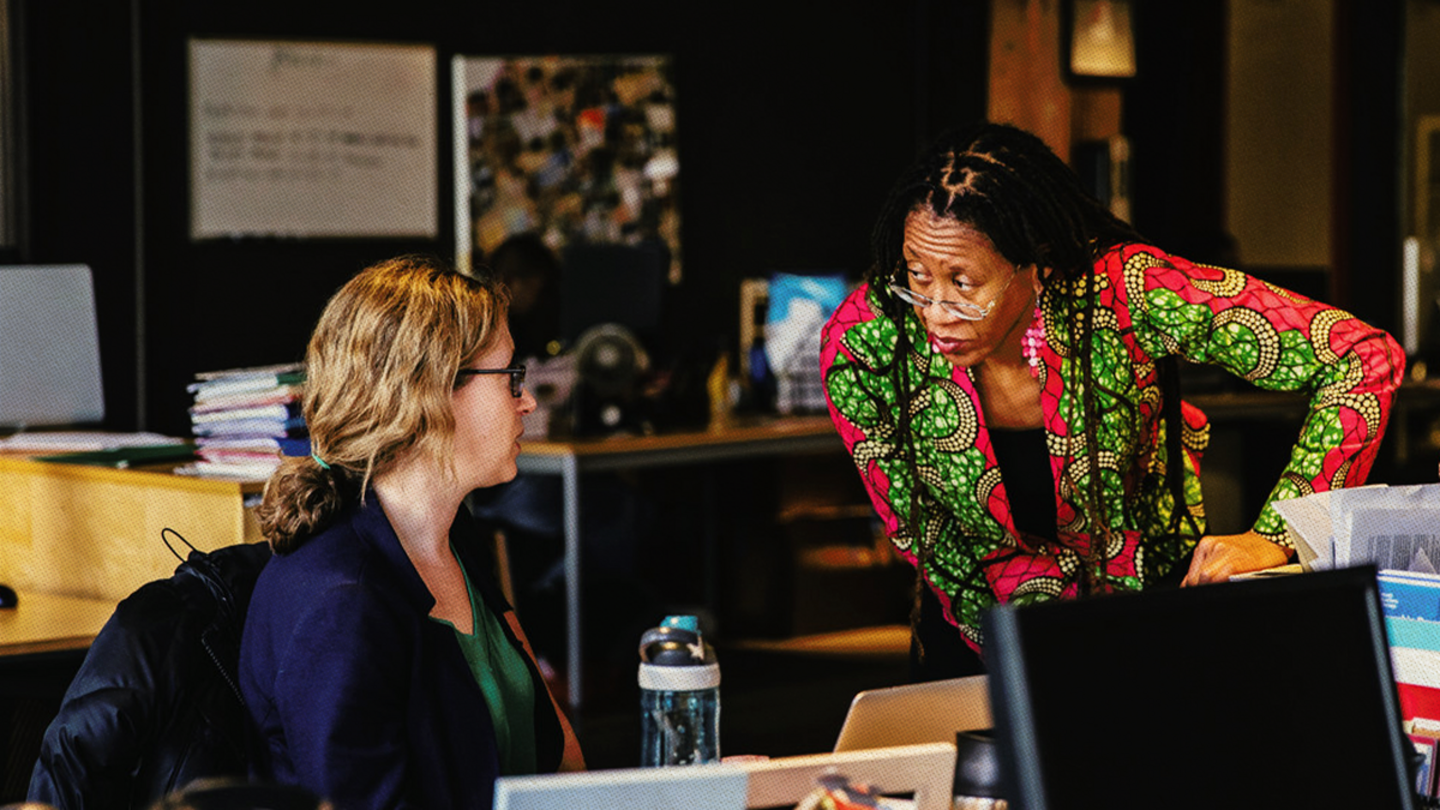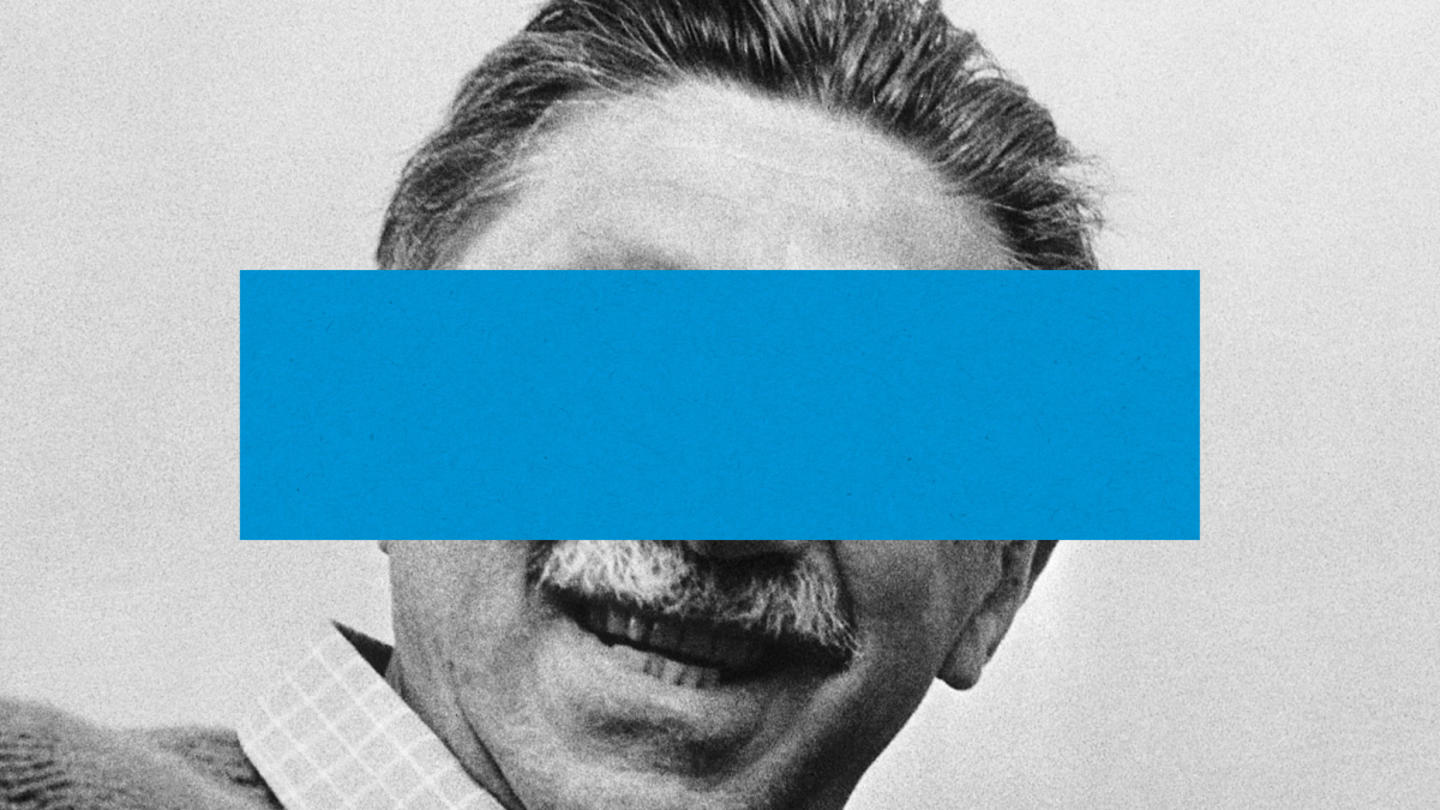What if life is more like a sailboat than a pyramid? This question was the driving force behind cognitive psychologist Scott Barry Kaufman's desire to create a new model for self actualization. Kaufman defines self-actualization as "finding things that fit your deepest strengths, your deepest values, and your sense of why you're here on this planet."
Since the 1940s, psychologist Abraham Maslow's hierarchy of needs has been the dominant model for understanding how to self-actualize. Famously represented as a pyramid, the theory is straightforward: Once people meet their physiological needs, they work on safety needs, then love and belonging needs, self-esteem needs, and then finally, enter a state of self-actualization.
Kaufman, author of Transcend: The New Science of Self-Actualization, doesn't believe self-actualization is a linear process. He envisions it to be more like the ocean. More like riding waves. To surf those waves, you need a sailboat.
Kaufman's own journey to self-actualization
Kaufman is passionate about helping others on the journey toward self-actualization precisely because his own was so defining. As a boy, he dreamed of attending Carnegie Mellon. But an auditory processing issue limited his ability to succeed in the traditional learning model. Since colleges traditionally rely on IQ tests and test scores when vetting potential students, Kaufman was not a good choice.
"There was a huge difference between the sort of capacities that I felt I had and the way I was perceived," he says. "It never dawned on me that things I enjoyed doing on the side were demonstrations of intelligence."
One day, it dawned on him. Kaufman's talent in opera singing could be a way in. He could audition as an opera singer at Carnegie Mellon and parlay that into psychology admittance later. And he did. He was admitted into the school's music program. In his second year, he switched to the psychology department.
"As soon as I started to accomplish things on my own terms, I realized that people don't think the same way," he says. By following his own path, he wound up at his dream school. Early life struggles helped him uncover the power of self-actualization, even if he didn't have a name for it yet.
Then he discovered the work of Abraham Maslow, and his mind was blown wide open.
Rethinking how people actually self-actualize
Kaufman read the history of humanistic psychology while studying for a double degree in psychology and human-computer interaction. He was inspired by the field's focus on creativity, spirituality, humanitarian concern, and personal growth.
Kaufman was drawn to the idea of achieving your full potential. Given what he'd endured with a learning difference, he knew a one-size-fits-all approach could never lead to full potential.
Then, he noticed a problem in the current model. Maslow never drew a pyramid. That famous image was created by a management firm in the 1960s in order to motivate employees, which is "not exactly a blueprint for integrating our deepest needs."
Sign up for Stand Together's Rethinking Work & Learning newsletter to get the latest stories, ideas, and trends on the future of employment.

Kaufman felt the pyramid lacked nuance. A top-down approach doesn't honor the unique needs and desires of each individual. So, he built an entirely new framework.
It starts with an ocean.
The "sailboat" self-actualization journey
"The ocean is a good metaphor for the self-actualization journey," Kaufman says. No matter how much we plan our lives, we never know when a wave will crash over us — the death of a loved one, the loss of a job, or a natural disaster.
Kaufman envisioned a more dynamic model. He wanted a metaphor that allowed us to integrate all aspects of ourselves, in good times and bad, and that reflected how we navigate every experience. Bumper boats came to mind: we're constantly bumping up against one another as we flow through life together.
Kaufman's sailboat features two interconnected pieces. The boat itself represents security, which includes safety, connection, and self-esteem. These are essential, for "if you have too many holes in the boat, you have too much water coming in, and the boat will sink."

The sail expresses higher-order principles yet is firmly attached to the boat. The sail represents growth, which includes exploration, love, and purpose. You can only open the sail when the boat is stable. Then you're free to explore, which Kaufman believes offers a sense of purpose and energizes you.
All six pieces of the boat work in unison — you don't climb one level just to get to another. "Once you combine all those things," he says, "then you're really sailing."
This is where humanitarian concern enters: once you're sailing, you can help others sail as well.
What does a self-actualized society look like?
Self-actualization is not only for you. As the saying goes, a rising tide lifts all boats. You become selfless once you start to self-actualize.
Akin to flow states, self-actualization moves you in purposeful and even transcendent directions. "You start to integrate a humanitarian drive," he says. "A higher level goal gives you a sense of purpose, and this form of transcendence is not an individualistic notion."
The goal is to create a self-actualized society. Not everyone will be at the same point in their journey, which is actually the point: You can help others on their own unique path by walking your own.
Ultimately, self-actualized individuals contribute to the good of society by following their innate wisdom. There's no higher calling in life.
"You have the greatest potential in the world to realize your own potentialities," he says. "If you don't develop those skills, who else will?"
Learn more about Stand Together's education efforts.

Here’s how to bridge the disconnect between employers and employees.

Lessons learned from Colorado.

Could a program built to develop music talent change the way we think about education?

How to help the talent of today fill the jobs of tomorrow.
